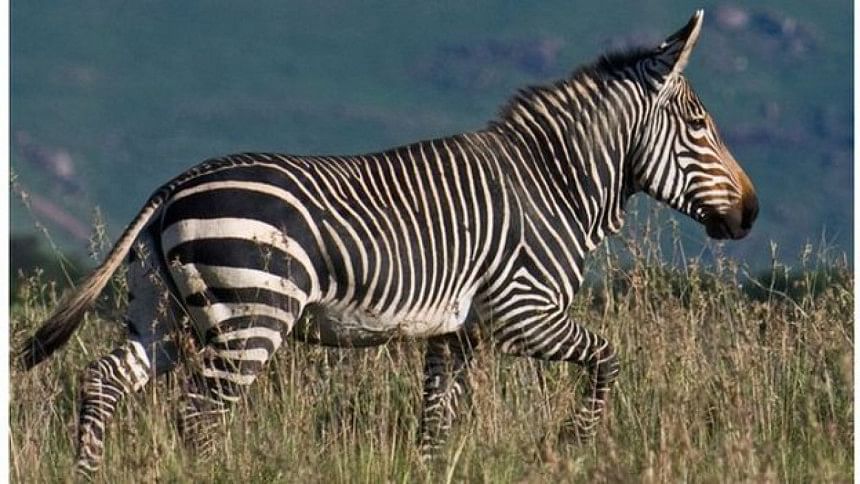Wildlife decline may lead to 'empty landscape'

Populations of some of the world's largest wild animals are dwindling, raising the threat of an "empty landscape", say scientists.
About 60% of giant herbivores - plant-eaters - including rhinos, elephants and gorillas, are at risk of extinction, according to research.
Analysis of 74 herbivore species, published in Science Advances, blamed poaching and habitat loss.
A previous study of large carnivores showed similar declines.
Prof William Ripple, of Oregon State University, led the research looking at herbivores weighing over 100kg, from the reindeer up to the African elephant.
"This is the first time anyone has analysed all of these species as a whole," he said.
"The process of declining animals is causing an empty landscape in the forest, savannah, grasslands and desert."
Prof David Macdonald, of Oxford University's Wildlife Conservation Research Unit, was among the team of 15 international scientists.
"The big carnivores, like the charismatic big cats or wolves, face horrendous problems from direct persecution, over-hunting and habitat loss, but our new study adds another nail to their coffin - the empty larder," he said.
"It's no use having habitat if there's nothing left to eat in it."

According to the research, the decline is being driven by a number of factors including habitat loss, hunting for meat or body parts, and competition for food and resources with livestock.
With rhinoceros horn worth more than gold, diamonds or cocaine on illegal markets, rhinos could be extinct in the wild within 20 years in Africa, said the researchers.
The consequences of large wild herbivore decline include:
- Loss of habitat: for example, elephants maintain forest clearings by trampling vegetation
- Effects on the food chain: large predators such as lions, leopards, and hyena rely on large herbivores for food
- Seed dispersal: large herbivores eat seeds which are carried over long distances
- Impact on humans: an estimated one billion people rely on wild meat for subsistence while the loss of iconic herbivores will have a negative impact on tourism
The biggest losses are in South East Asia, India and Africa.
Europe and North America have already lost most of their large herbivores in a previous wave of extinctions.

 For all latest news, follow The Daily Star's Google News channel.
For all latest news, follow The Daily Star's Google News channel. 



Comments